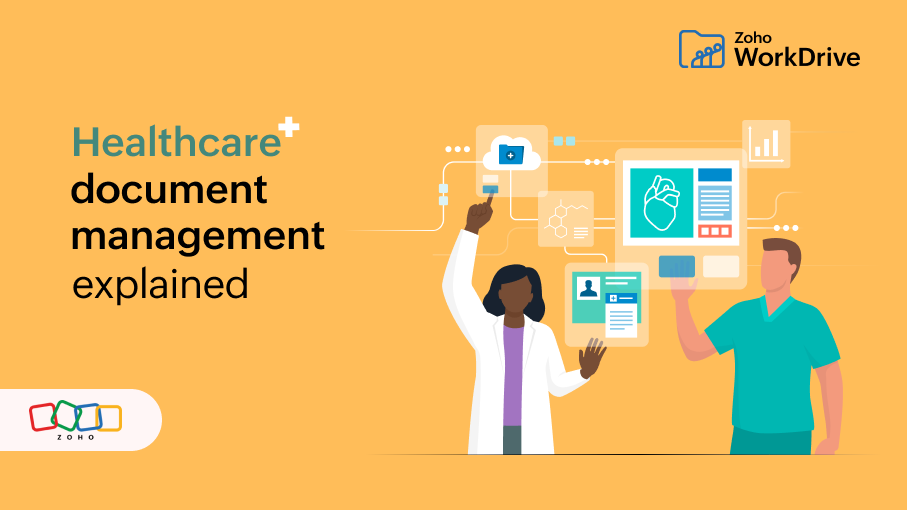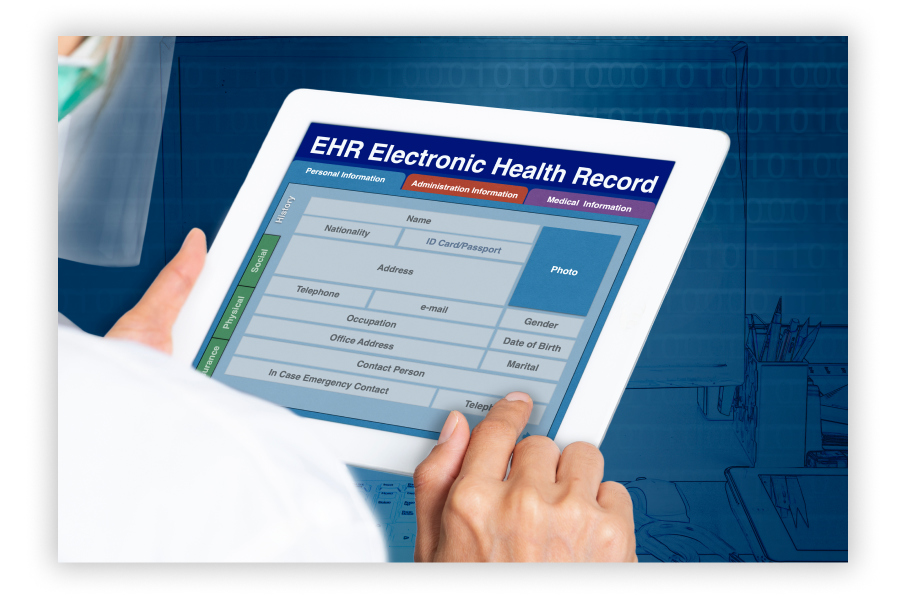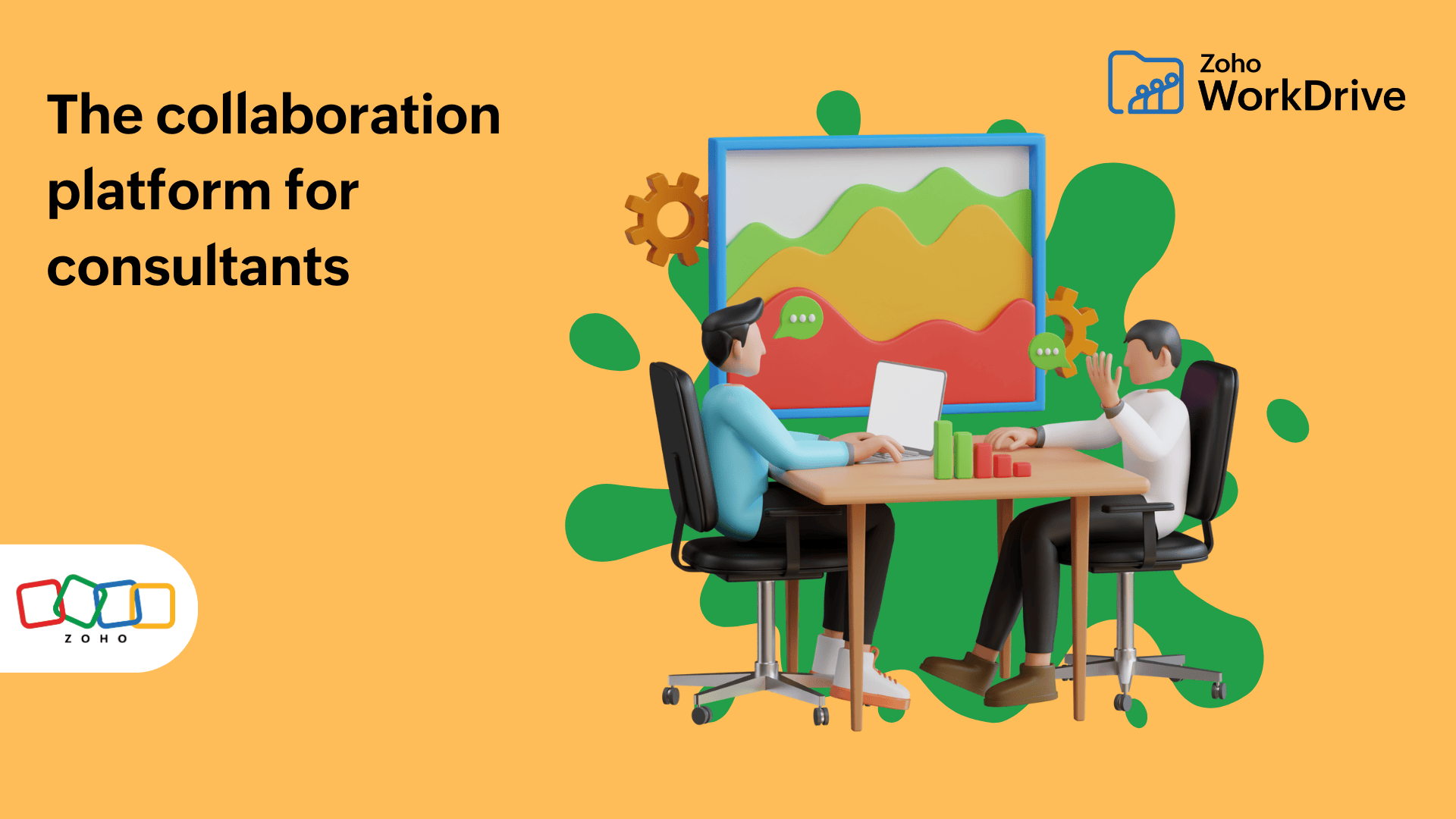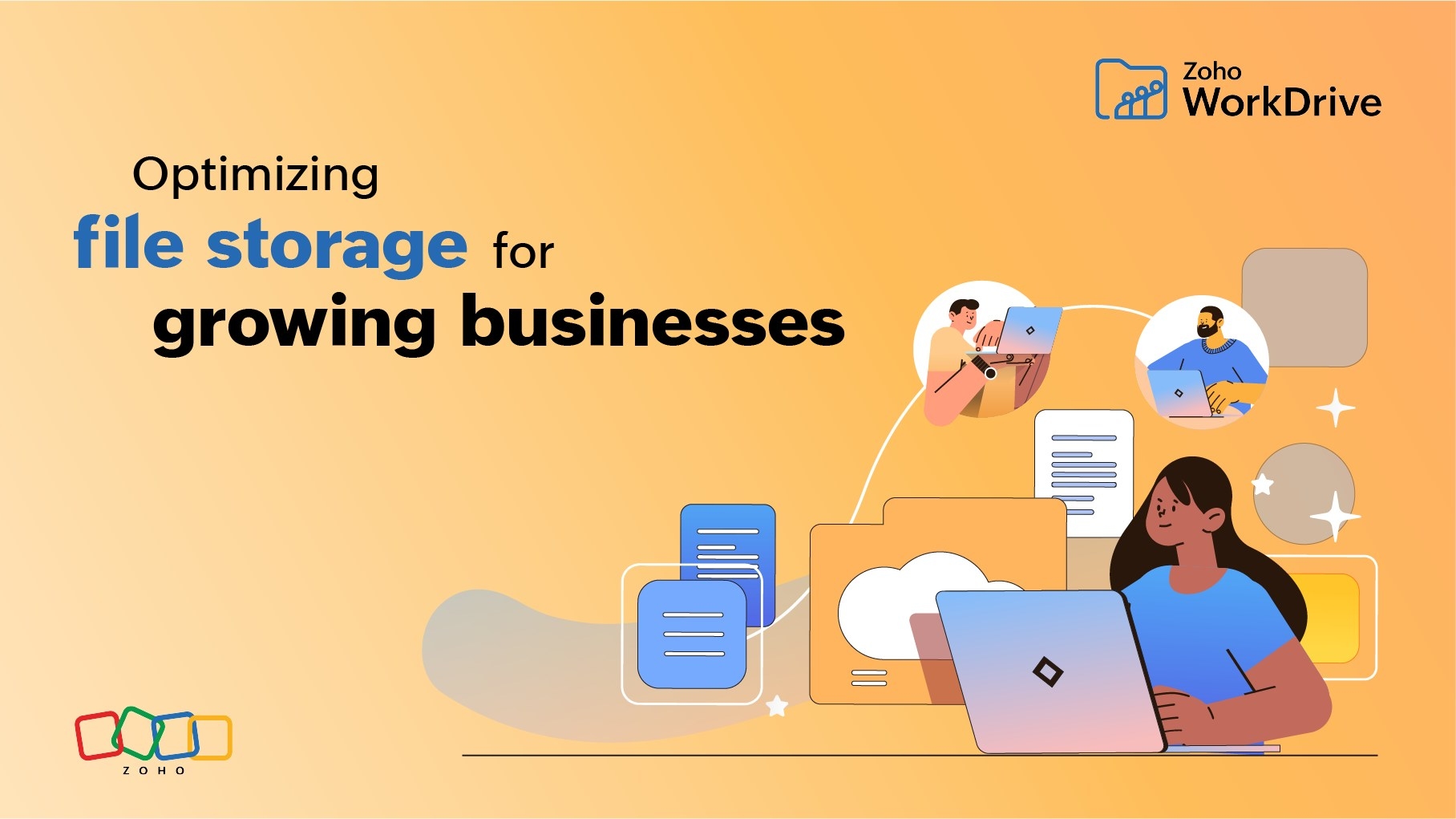- HOME
- Work Culture
- Healthcare document management: Present and future
Healthcare document management: Present and future
- Last Updated : July 23, 2024
- 294 Views
- 6 Min Read

Healthcare document management is not a new term; in fact, most of us witnessed the evolution of the clinical industry with the onset of digitization. Recent research by Statista states that the revenue in the digital health market is projected to reach $171.9 billion by 2024, with a CAGR of 8.49%. With governments around the world supporting this transformation, it's high time we understood in detail what makes digitization a game changer in the healthcare industry.
What is an electronic health record?
An electronic health record (EHR) is a systematized version of a patient record stored in a digital format. The information can be vast, ranging from demographics and prescriptions to diagnostic records, nurse notes, and other data related to an individual's medical history. The primary function of an EHR is to share information securely across healthcare providers. The utilization of this technology enables hospitals to make more accurate decisions for a patient.

One common term that EHR is confused with is electronic medical record (EMR). Although there are similarities in the data, the disparity in the application is large. Here is how they differ.
EHR vs. EMR
Developed to be interoperable, an EHR gives comprehensive information regarding an individual's medical history. On the contrary, an EMR is the digital version of the paper chart based on primary diagnostics, care instructions, and a list of medications prescribed by a particular doctor's clinic. In other words, EMRs are not interoperable; instead, they have to be physically printed and sent to other departments or hospitals to have a flow of information.
Understanding the basic differences is just one aspect of healthcare digitization. Implementing them in your organization and ensuring the right usage across departments requires more functions involved.
Embracing digital repositories for healthcare document management
Putting technology to the right use instantly furthers a healthcare provider's effectiveness. Digital transformation positively impacts customer satisfaction as well, and it can be achieved by focusing on a two-pronged approach.

Understanding the departments
The first step towards healthcare digitization is understanding how various departments are interconnected. This reveals how information flows between them and their dependency on the central network server.
For instance, modern hospitals have radio frequency identification (RFID) systems installed in their reception to provide a quick response for their existing customers. This RFID reader will make a log entry to the central network server whenever a patient comes for a check-up. This server database maintains connection with all the clinical devices through a custom interface. All the information—from the initial tests and diagnosis to the prescriptions—are stored under the patient's unique ID in the server. In certain geographies, this information can also be mapped to a government-authorized identification number so that approved personnel can access the medical record.
For all this to happen, the system's foundation (which lies in the clear understanding of how various departments and database servers relate) must be strong. This information can also be used to decide on what labels to create based on the departments and the data template assignment corresponding to the different file types.
Giving the right knowledge to employees
Once administrators have pinpointed the information flow, the next step is to impart the right knowledge on employees. This vital action ensures the best use of the storage interface's various features, which in turns leads to more effective healthcare document management. Today's technology market offers many options for a storage solution. Depending on the firm's functions, the choice of the file platform may differ, and so does the list of features offered. Benefits from making the right choice will increase the productivity of the organization multifold.
Here are some notable storage platform features and how they can benefit your clinical firm.
Protected sharing
Going completely digital means that reports, bills, diagnostics, and prescriptions are in a digital format for effective interoperability. Employees can securely share them by using password-protected share links with link expiry dates and a restricted number of download options. This sharing method gives healthcare providers an bird's-eye view of how the shared links are used. Administrators can also control all the external links from each departments in one place.
Store and search with ease
Every industry depends on its documents, and healthcare is no exception. While clearly labeling and categorizing documents leads to better organization, it's equally important to be able to look up files instantaneously. Smart search solves this by implementing optical character recognition (OCR) and object detection (OD). This means you can find your desired files not just by using the file name but also using the text content in the document, text in image files, and even by the objects present in the images.
Automated record management
Modern storage platforms come with an option to automate the movement of files across various folders through approval workflows. While the concept may sound technical at first, the actual feature is rather simple. Administrators who know how information flows between departments create workflows. Healthcare employees can then move their patient records, like lab reports, for instance, to the next department as per the assigned workflow. Options to provide suggestions or comments in the report and send it back to the previous stage for reconsideration make this process more effective. This reduces the chances of records being lost and ensures faster processing.
How does digitization effect your healthcare firm?
With the increasing awareness of intelligent document processing (IDP) in the healthcare sector, having a consolidated cloud system for all your clinical documents can boost productivity and growth in your firm. Every benefit of this digitization process effects two main groups.
Impact on healthcare providers
Accessible central repository
Maintaining consistent patient data across departments helps healthcare providers deliver quality service. An individual archive for every patient makes the information more accessible.
Increased vigilance
When it comes to confidentiality, there are numerous statutes put forth by various governments. Adherence to major healthcare compliance acts like GDPR, ISO 27001, HIPAA, and SOC 2 Type 2 also adds to the organization's credibility and increases patient trust.
Getting a bird's-eye view
Healthcare providers can take control of all the files and folders by delivering access restrictions and monitoring the log for every action performed. And when it comes to deleted data retrieval, you can set a time limit, and no data gets lot in case of accidental deletion.
Impact on healthcare professionals
Reduced waiting time
Long queues, endless documentation time, and report transit waiting periods negatively impact a patient's healthcare experience. A digital repository enables employees to proactively scan documents like reports or prescriptions and share important reports with relevant providers. This expedites informed decision-making.
Provide care from anywhere
Digitized organizations offer their employees the ability to help patients from any part of the world. Leveraging the potential of smartphones lets them access reports and share e-prescriptions on the go.
Never lose a document
Creating multiple copies for a physical record is a time-consuming process, and losing papers in transit is a common problem. This makes digital healthcare document management a viable option. Be it creating multiple copies for a patient record, or retrieving files of deleted electronic health records, a digital solution covers it all.
Going digital for improvement
In a fast moving global market, change is the only constant. Access to technology has leveled up the competition. All this comes down to one inevitable action for growth, which is going digital for improvement and sustainability. Deciding to implement healthcare document management is just the first step. Implementing it requires solid support, reiterating the importance of technical support by the service providers. Choosing the right consolidated platform for your healthcare document management brings in all the topics we've gone through in this blog post and extends even more.

Digital file management is more than a trend in the healthcare vertical today. It is the way forward. With the right technology, the future of clinical firms will be efficient and accessible to everyone.











